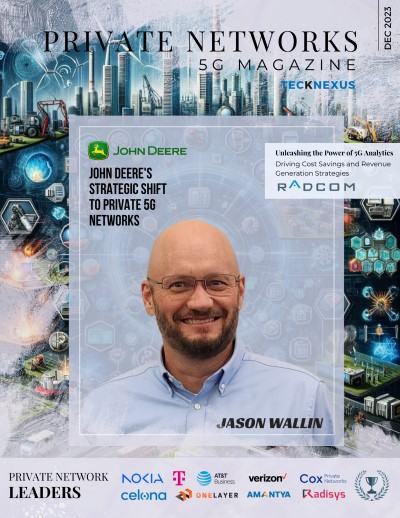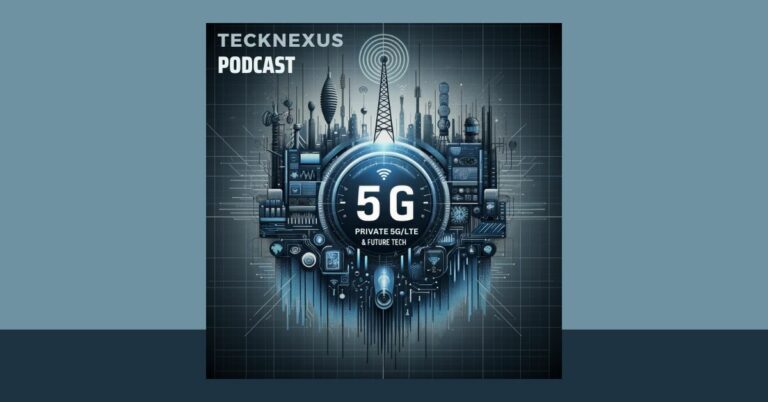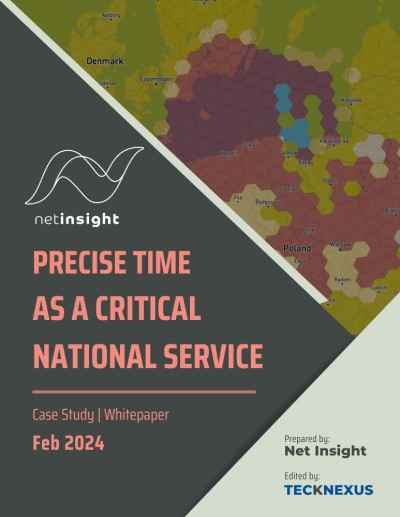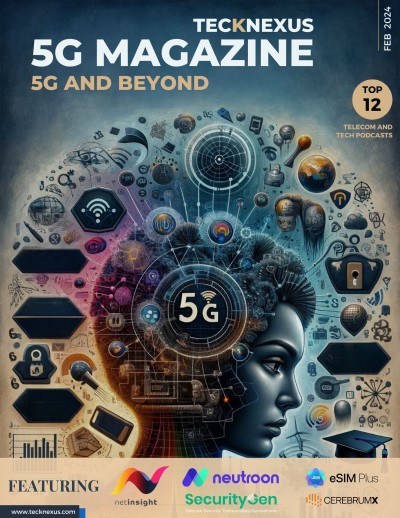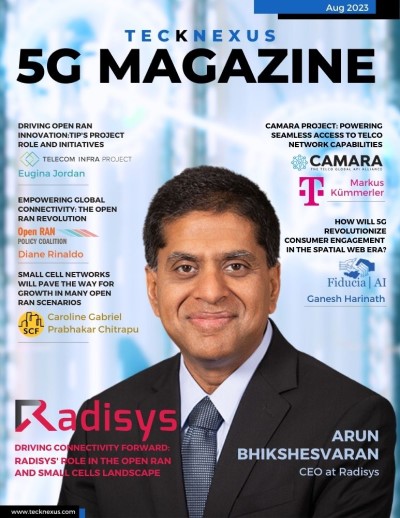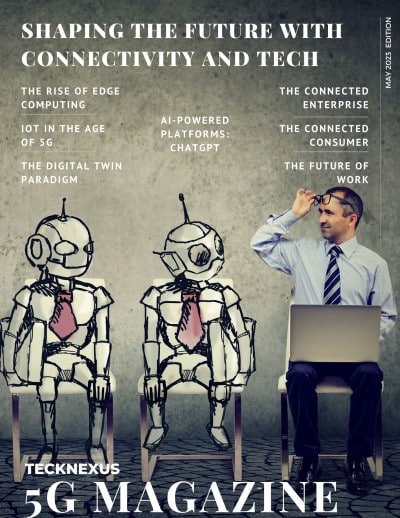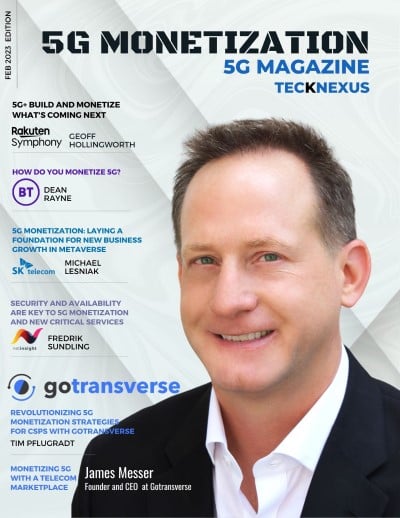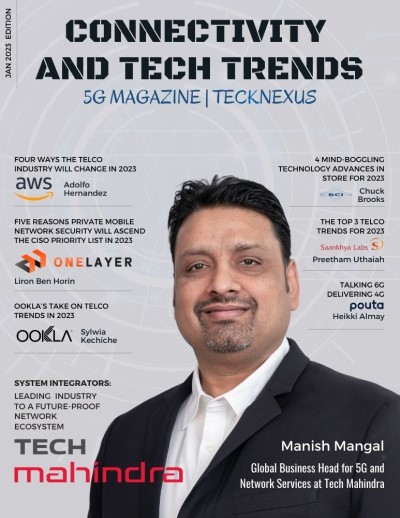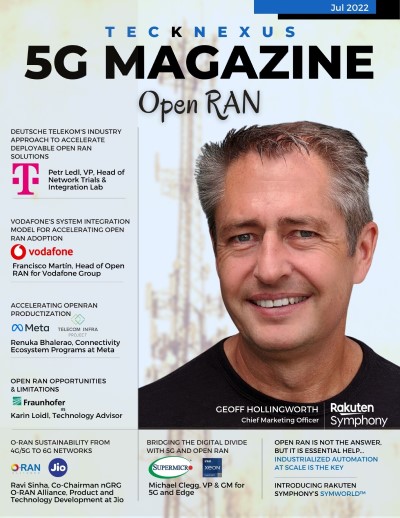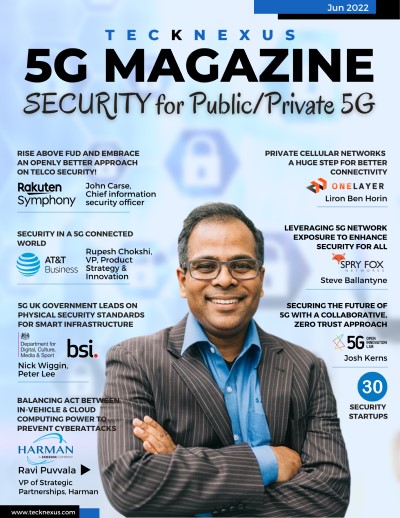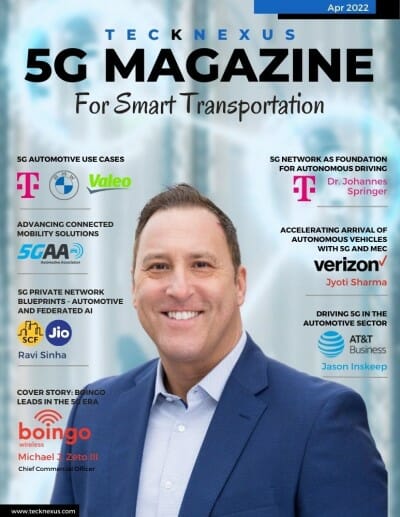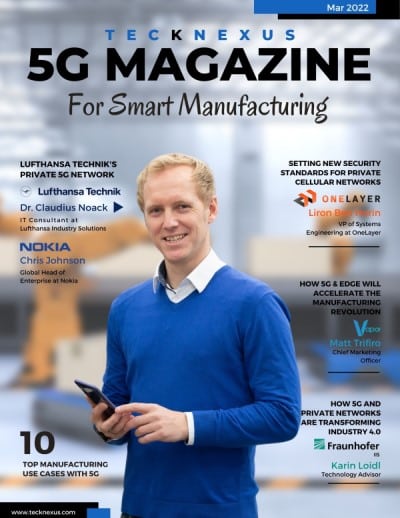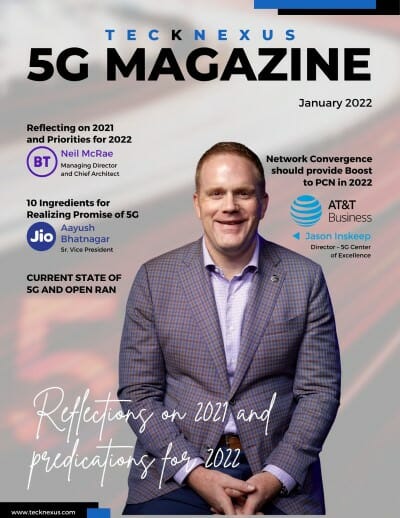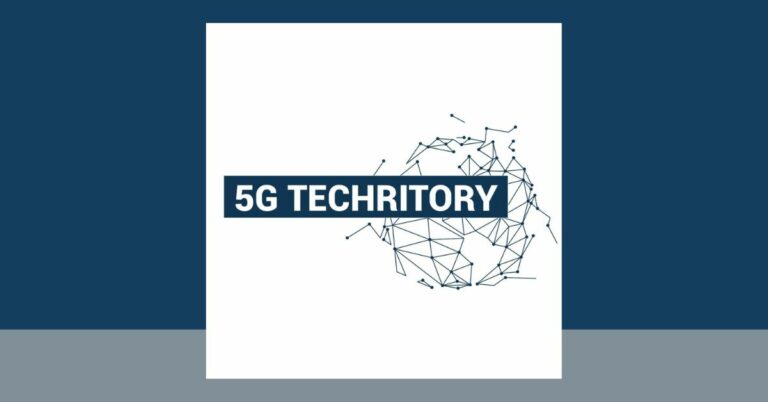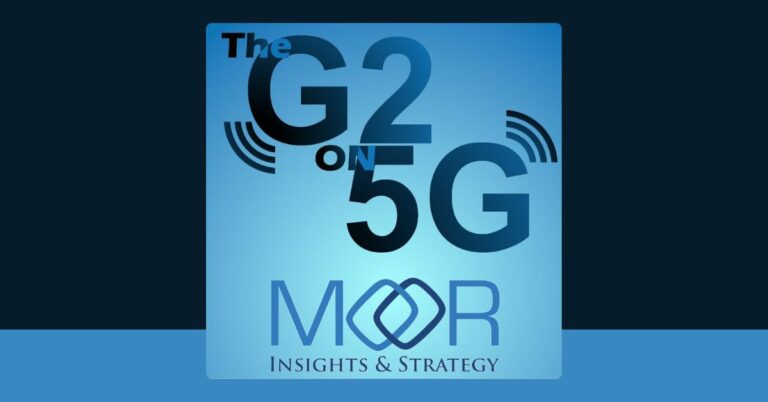Podcast
- April 1, 2024
Dive into our latest episode of GXC’s Monday MeshUp, Innovation at the Edge: How Private Networks and AI are Shaping the Future, hosted by Allen Proithis. We explore the game-changing role of private cellular communications in key sectors like oil, gas, mining, utilities, logistics, and ports. Joined by Patrick Parodi and Harish Nalinakshan from PwC, we delve into how private networks are driving automation and boosting efficiency in challenging environments. We tackle the crucial role of security in our digital world, stressing the importance of safeguarding operations. Additionally, we examine the rise of generative AI and hybrid networks, forecasting a move towards seamless, automated solutions that enhance operational value. This episode highlights the power of technology in addressing complex challenges, building trust, and propelling innovation for the future.
Podcast
- April 1, 2024
Dive into our latest episode of GXC’s Monday MeshUp, Innovation at the Edge: How Private Networks and AI are Shaping the Future, hosted by Allen Proithis. We explore the game-changing role of private cellular communications in key sectors like oil, gas, mining, utilities, logistics, and ports. Joined by Patrick Parodi and Harish Nalinakshan from PwC, we delve into how private networks are driving automation and boosting efficiency in challenging environments. We tackle the crucial role of security in our digital world, stressing the importance of safeguarding operations. Additionally, we examine the rise of generative AI and hybrid networks, forecasting a move towards seamless, automated solutions that enhance operational value. This episode highlights the power of technology in addressing complex challenges, building trust, and propelling innovation for the future.



